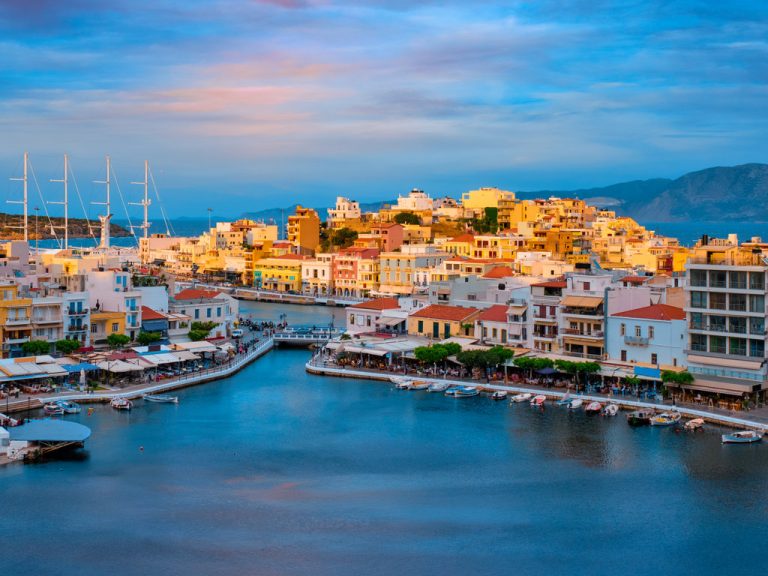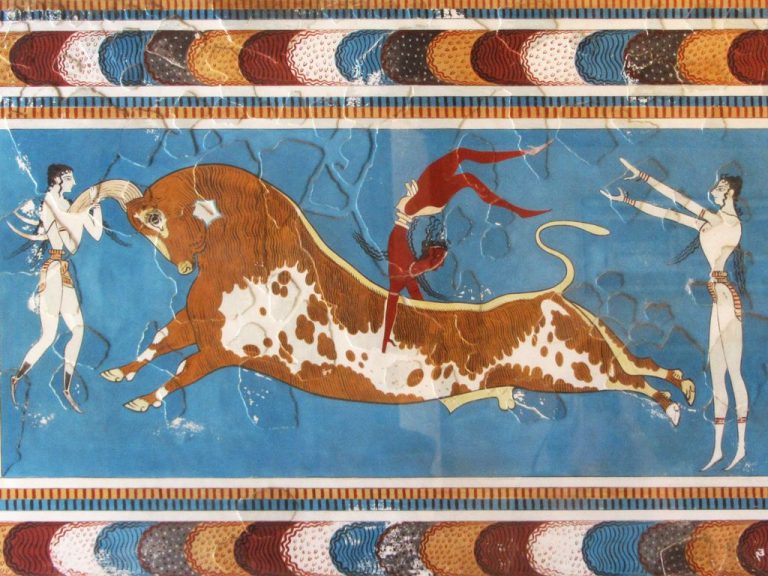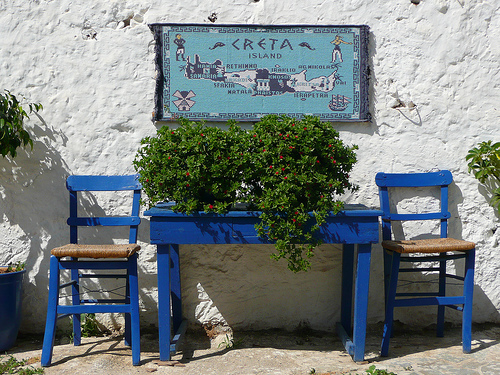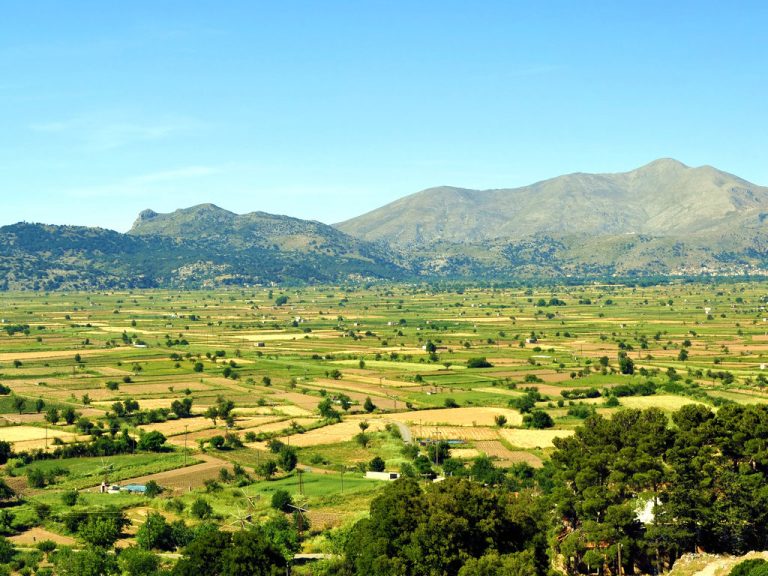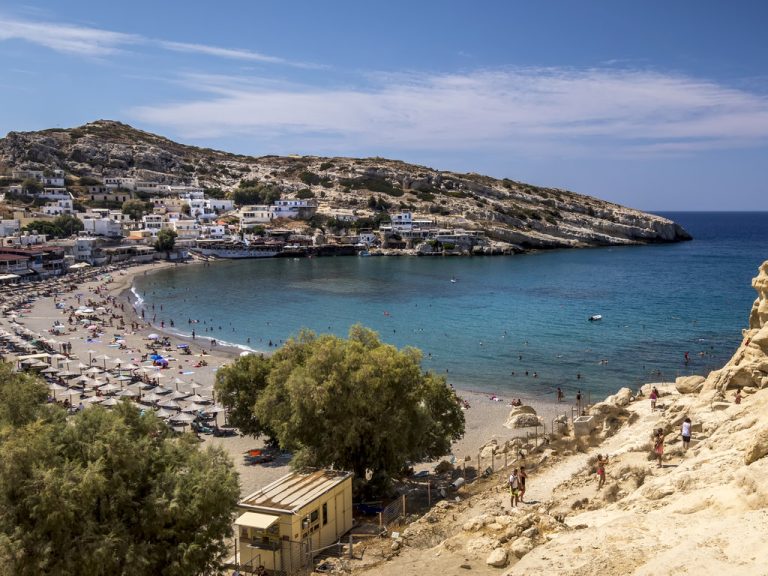Olive Groves in Crete
Olive groves in Crete exist in abundance; in fact, there is a funny saying among the Greeks “Oh, he is from Crete, he knows a lot about olive oil”. This little funny comment depicts an undeniable truth; if the Mediterranean is the hub and birthplace of olive oil and olives, Crete is its heart.
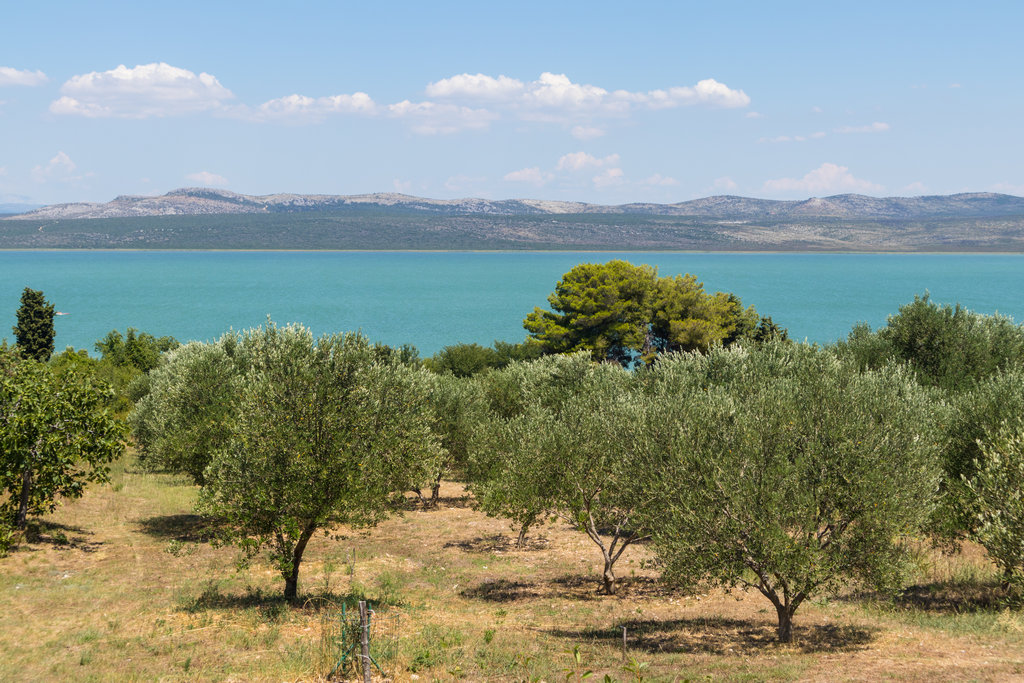
Since antiquity, the concept of Crete, and Greece in general, and olive oil have been interwoven.
From the moment that humankind decided that wild olive trees are not enough to meet its needs and that a systematic and dedicated production and cultivation of olive trees should start, olive groves were created throughout the country. This process actually begun on Crete.
According to historians, even the great development and progress of the Minoan Civilization owe a part of its bloom to olive oil, as it was one of the main trading elements, exported to the Aegean islands and mainland Greece.
The oldest olives were found in Zakros, Crete, in a well and until today olive trees and orchards are considered the most characteristic element of Crete. Cretan olive oil has been recognized as the best quality olive oil for 5000 years. This comes as a result of many beneficial factors: the excellent soil, the mild climate and the perfect blend of sea and mountain air make the Cretan land the perfect location for the cultivation of olive trees.
Apart from the dietary value though, olive groves are an indispensable part of the Cretan landscape; residents of the island hold a very tight relationship with their groves and orchards and cherish their importance and beauty. It is not accidental that there are many associations and organizations in Crete aiming at protecting the olive groves of the island, and especially the trees that date back to the 15th or 16th century.
According to the locals, the oldest olive tree standing in the world is one of 5,000 years old, located at Pano Vouves, in Kolymvari, Chania.
Olive Tree and Antiquity
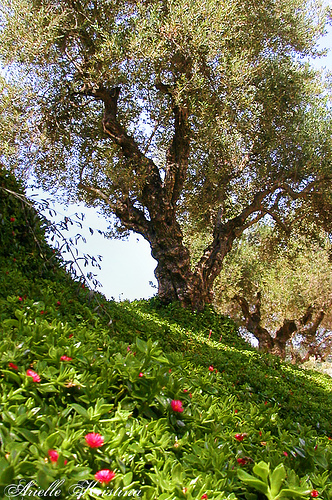
Photo of olive grove in Crete by Arielle
Throughout Crete and Greece olive trees are sacred and were often depicted in palatial paintings and frescoes, on pottery, even on tablets bearing the famous Linear A and B.
Olive trees played a very important role in mythology, being the symbol of peace and victory. A branch from an olive tree was the gift of Goddess Athena to the city, and it was the main reason why Athenians chose her as their patron Goddess, giving her name to the city.
Olive oil became, in the antiquity, the first Greek element that imposed itself on the rest of the known world.
The Cretan Diet
Today, olive oil plays a dominant role in Cretan cuisine, as there is no dish that misses it. The increasing trend of the Cretan diet, also known as Mediterranean diet, is gaining ground rapidly due to the health elements and ingredients.
The basis of the Cretan diet is of course olive oil and veggies from the fertile Cretan land. Populations that have been traditionally consuming other kinds of oils and animals fats turn to the Cretan diet and cuisine, acknowledging its dietary value.

